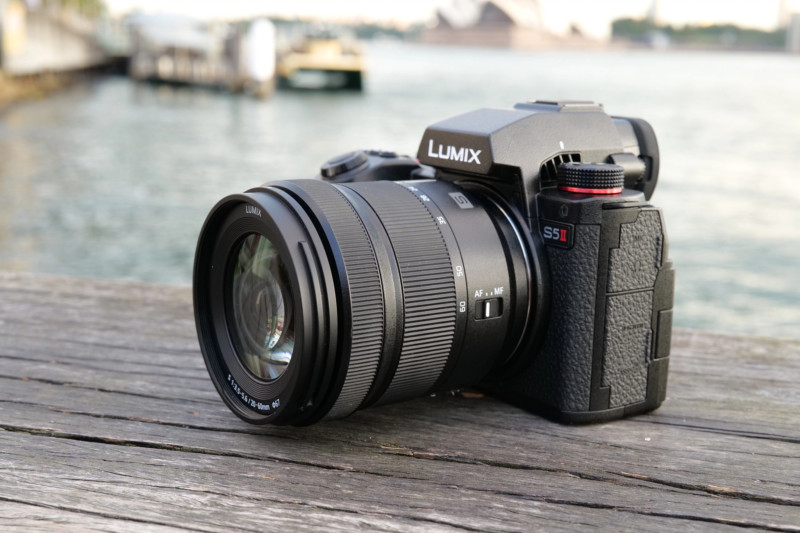Computational photography techniques are the backbone of what makes smartphone cameras as good as they are and for years, photographers have been wondering when that technology would arrive in standalone cameras.
While cameras from OM System have the most computational photography features among all camera manufacturers, what is on offer is still short of what can be done with a smartphone. OM System aside, few if any other manufacturers have done much more than lightly dabble in computational photography, leading many to question if these brands see the value in it.
Previously, it was easy to blame the readout speed of sensors and processing power, but recent years have dramatically changed that and many cameras have the capability now. So, what’s with the holdup?
Speaking to PetaPixel at the CP+ exhibition in Yokohama, Japan last month, representatives from Panasonic say that while they recognize what the benefits of the technology might bring to the table, they believe that the company’s target market is not interested in the features at all.
I think when it comes to computational photography, we believe it’s kind of aimed more towards those [entry-level] users or users that come from a smartphone [who] wants to use AI as one of the benefits of a [standalone] camera,” Tomoki Nakanishi, Marketing Supervisor of Panasonic’s Imaging Business Unit, says.

“[At] Lumix overall, we have this concept of a target user [and are focused on this type of user]: hybrid creators who take both photo and video. These users that work not in a large team, but more individually or maybe in small teams. So when we think of that, we are not sure if these computational photography is going to be beneficial for these people because we believe that AI, computational photography, is something that it erases all the work that you have to go through editing,” Nakanishi continues.
“When we think of our customers and users, we believe that these process of editing and choosing which photo or which video, these are the fundamental things that characterize them.”
This explanation is the most candid PetaPixel has seen regarding a company’s stance on computational photography and AI-based editing tools and very well could shed light on how the other manufacturers might feel given the general sense of reluctance shared by all brands except for OM System.
Of note, computational photography doesn’t have to fully replace any form of image capture in a standalone camera, meaning photographers or filmmakers who don’t want to use the capabilities don’t have to. That is the argument for at least adding the choice to do so, which is likely to be greatly appreciated by a subset of camera buyers.
While Panasonic may be saying these words publicly, there are other factors at play that may prevent the company from implementing computational photography features: patents owned by other camera brands. For now, it may be easier to simply say the features aren’t desired rather than broach potential legal limitations.
The company has made its stance on broader implementation of computational photography known, but the door isn’t closed on all features that technically fall under that banner.
“We are aware of some of the voices from the market that request [a focus stacking] feature. We are open to consider it in future models,” Nakanishi says.
